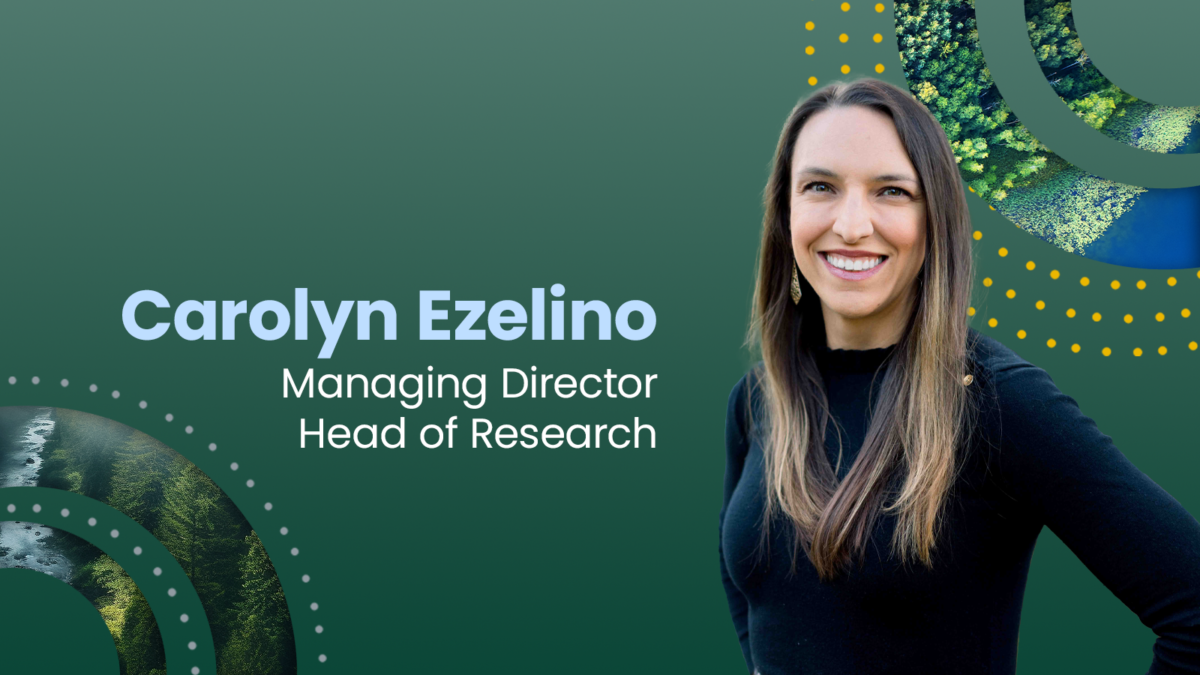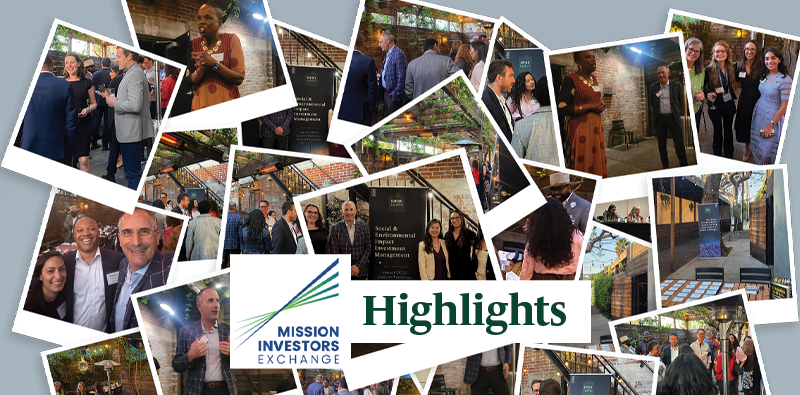Private Equity International (PEI)
May 2014
One of the biggest challenges in persuading new financial investors to commit to the impact space is the lack of historical performance data. Since this strategy is too new to have built up much of a track record (relatively few organizations have been around long enough to deliver consistent results over a period of time), how can investors be sure that the risk/return profile is right for them? That’s particularly true since it’s tough to build a portfolio of sufficient scale to be truly diversified.
One group trying to address some of these issues is the 100% IMPACT Network, a group of family offices, foundations and high-net worth individuals led by Charly and Lisa Kleissner. Their aim is an ambitious one: to commit 100 percent of their assets to impact, building a diversified portfolio across multiple asset classes. They intend to demonstrate that this sort of portfolio construction is not only possible but can actually deliver competitive returns. And by doing so, they hope they can persuade other investors to start committing to impact.
This is very much a personal mission for the Kleissners. In 2000, they established the KL Felicitas Foundation to support social entrepreneurs. Five years later, they took the decision to commit all their assets – a $10 million portfolio – to creating impact, rather than trying to do so purely through their grant-making. Inevitably, given that this was such a nascent area (the term impact investing wasn’t even invented in 2005), it has been a slow process. But they’re now about 93 percent allocated to impact, and haven’t finished yet.
In the meantime, they’ve also been rallying more like-minded supporters to the cause. In 2010 they founded Toniic, a global platform to help investors co- invest on impact deals, and more recently they’ve been bringing together a number of groups who share their ambition to go ‘all-in’. Today, there are 29 organizations signed up to the 100% Impact Network, with half as many again showing strong interest; most are from the US, although there’s already a handful from Europe and Asia, and Kleissner says the idea is gaining traction around the world. Between them, these groups represent over $3 billion in committed impact capital, and have already put about $900 million to work.
The Network does a couple of important things. The first is to help these groups work out exactly what it means to go ‘all-in’. How do they move away from traditional portfolio theory to a ‘Total Portfolio Theory’ that better encompasses externalities, including social and environmental impact? How do they address their particular areas of interest through different asset classes? How do they make public equity investments more impactful? How can they get diversified exposure to impact-oriented real assets? How does their personal real estate and art collection factor in?
The way investors think about outcomes is also crucial, says Kleissner. The social or environmental outcomes must be considered of equal importance to the financial outcomes (so there may be a range of the latter, depending on the former). Then again, investors also need to remain detached from specific outcomes, he adds. That’s not easy for those with a philanthropic bent – but unless investors are dispassionate enough to experiment with and ultimately give up on approaches that don’t work, performance is ultimately going to suffer.
The other goal of the Network is to help spread the word to the masses – or as Kleissner puts it, to “democratise impact investing” and help it become a “movement”.
At the end of last year, the Kleissners took the novel step of releasing a detailed analysis not only of how their impact portfolio has been constructed over time, but also of how the various asset classes have performed.
What’s notable is that despite the fact that this portfolio was built specifically to deliver social as well as financial impact, and despite the fact that it was designed to be highly diversified (the target is 30 percent cash and bonds, 57 percent growth assets and 13 percent inflation-hedging real assets), financial performance across asset classes was generally close to, and sometimes even ahead of, the most relevant benchmark.
Kleissner’s theory is that if he can show similar results across a number of different portfolios, he can build a compelling case to investors waiting in the wings. “In the US, there are six or seven million people with assets in the single-digit millions to invest. But a lot of these are people in their fifties, who aren’t ready to move into impact because they worry it will jeopardize their returns. If I can prove that we have half a dozen or so of these portfolios that are doing just fine – maybe even outperforming, in conventional asset classes – then we have an opportunity to shift tens of thousands of these people into impact investing. That’s really exciting.”
And he has no intention of stopping there. The next step is to prove this approach also works with a triple-digit million portfolio (of which he has 10 in the Network).
“If over the next three years we could show that what we’re doing with a $50 million portfolio also works for a $500 million portfolio, that would prove the concept to the institutional capital holders that have more than $1 billion. We wouldn’t expect to move trillions overnight – but we could expect them to work with us and carve out a few hundred million, if only because it’s good policy to try it.”
Read the full report on Private Equity International.


